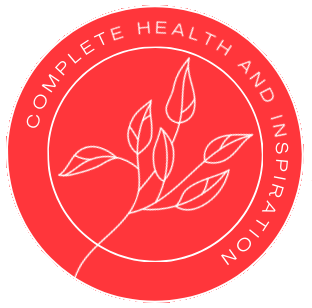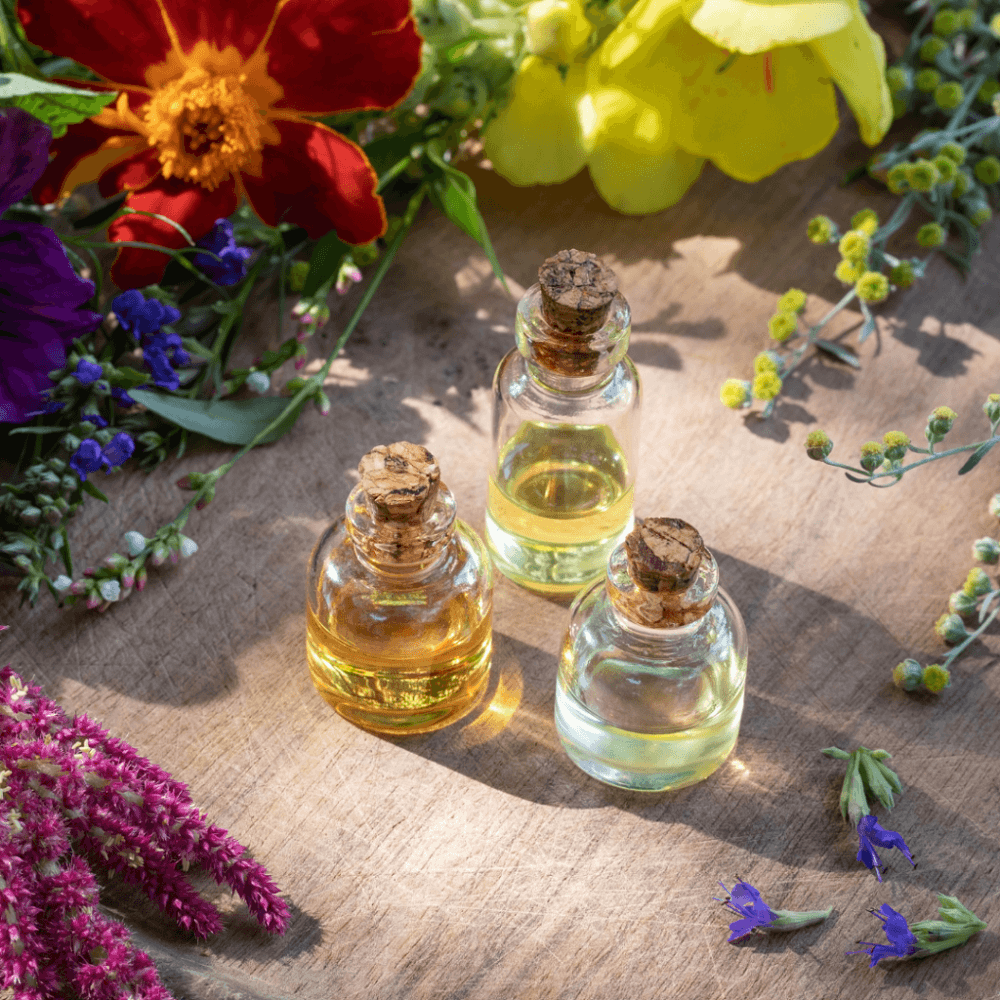There are a lot of information out there about the benefits you can get from essential oils. There is no doubt they have big impact on our health when we know how to use them to get the most of their therapeutic effects. However, there are proofs to show that not all so called “essential oils” were created equal.
The free encyclopedia Wikipedia defines an essential oil as a concentrated hydrophobic liquid containing volatile aroma compounds from plants; also known as volatile oils, ethereal oils, aetherolea, or simply as the oil of the plant from which they were extracted, such as oil of clove.
However, the International Organization for Standardization (ISO) in their Vocabulary of Natural Materials (ISO/D1S9235.2) defines an essential oil as a product made by distillation with either water or steam or by mechanical processing of citrus rinds or by dry distillation of natural materials. Following the distillation, the essential oil is physically separated from the water phase.
The term “essential oil” actually goes back to the days of the Alchemists in the Middle Ages. Alchemists searching for the “elixir of life” and “the philosophers stone” made many chemical discoveries. In the Hippocratic system of medicine it was said that the four temperaments, nervous (hyper), sanguine (cheerful), lymphatic (slothful), and bilious (grouchy) correspond to the four elements of earth, air, fire, and water and that disease is due to an imbalance of these elements. Thus rheumatoid arthritis, a watery condition, should be treatable with heat (or the fire element) as a remedy to the water imbalance.
Once distillation was discovered it became a symbol of purification and concentration of spiritual forces into the missing element, the “Quintessential” or 5th element. Alchemists distilled everything looking for the 5th element and quite often blew themselves up in the process! Once they started hydro distilling aromatic plants they found “oils” which separated from the water after the distillate was condensed (they aren’t actually oils but in the days of the Alchemist anything that separated from water was called an oil). They called this oil the “Quintessence” because they thought they had found the missing 5th element. Since this “Quintessence” was thought to be an oil, the term “essential oil” eventually evolved because it was believed that this “oil” was “essential” to life.
Because of this history its important to realize what can legitimately be called an essential oil. There are very good reasons to make the distinction and strictly define essential oils as only those volatile products obtained by steam or hydro-distillation with the only exception being the citrus oils which are mainly cold pressed (but can also be distilled, the point is they are volatile and no solvent is used, only mechanical process).
In the fragrance, flavor and aromatherapy industries there are basically two processes of obtaining volatile aromatic products, distillation and extraction. They are very different processes and its important to understand why its not correct to mix the terms. Most essential oil production uses steam to liberate the volatile oil from the plant. The plant never comes into contact with any solvents during a distillation process.
In an extraction process the oil is pulled out from the plant material by chemical solvents. Its critical to realize the difference between the two methods because if one refers to a solvent extracted product as an essential oil he would be misleading his customer and the method of production is important because of what is expected by the industry. People in the industry, especially in the aromatherapy field, who are knowledgeable about essential oils are looking for products that have not been in contact with chemical solvents.
When solvents are used there are always solvent residues left in the product after production. For example, jasmine is never commercially produced by distillation because the flower does not lend itself to production this way (for several reasons which I won’t go into here). The primary method is by a two step solvent extraction process to obtain what is called jasmine absolute.
Absolutes are made by first extracting the flowers with hexane or similar non-polar hydrocarbon solvent which pulls out not only the volatile aromatics but also the heavier plant waxes as well. After the hexane is evaporated you are left with a soft semi solid mass called the “concrete.” The concrete can be sold as is but will always have some residual hexane (or similar) solvent in it. The concrete can also be further extracted with ethanol to pull out all of the more polar aromatic components and leaving behind the non-polar waxes (the floral wax by product is also sold).
When the ethanol is evaporated the more polar aromatic components are concentrated into what is called the absolute, which, depending on the plant, can have a consistency like an essential oil, but typically also includes heavier components that do not come out in distillation. The absolute will generally will contain some residual ethanol (maybe only 1 % or so but can be higher if not evaporated well) and can even contain some residual hexane, but if done properly no hexane will be detectable.
These extracted products like Absolutes, Concretes, Florasols, CO2s, etc. are not called essential oils in the industry because of the method they are produced and because they generally contain solvent residues (CO2 as a residue is obviously not a concern but the chemistry of the CO2 product will still be different than the essential oil).
Most buyers, when looking for essential oils, don’t want products with solvent residues or that have ever come into contact with solvents which is why its improper to refer to absolutes or other extracted products as essential oils. Most everyone in industry only recognizes essential oils as products produced by steam or hydro-distillation (with the exception of cold pressed citrus oils).


